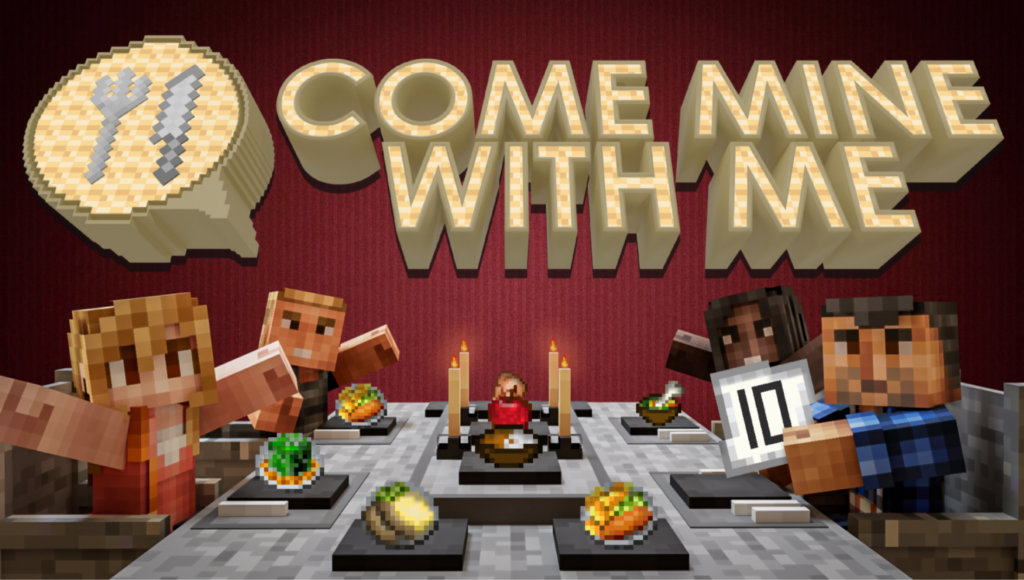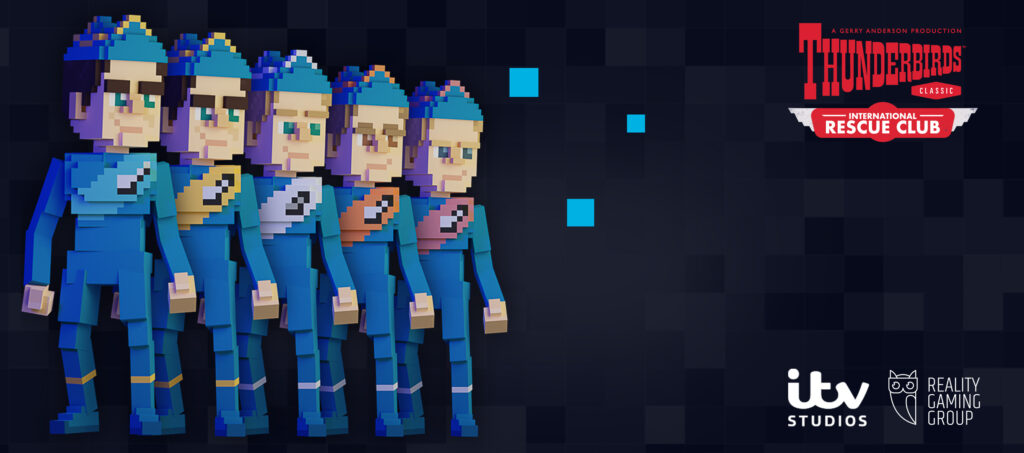Amid all the hype around AI, one could be forgiven for thinking certain other emerging technologies have fallen by the wayside. Specifically the metaverse appears to have been lost in the shuffle, not helped by its association with Facebook owner Meta. But reports of the metaverse’s death are arguably overstated. The immersive virtual spaces have 600 million monthly active users, according to consultancy firm Metaversed, largely concentrated in “Web2” virtual worlds such as Roblox and Minecraft.
And with uptake set to accelerate to 1.4 billion users by 2030, per Statista’s estimates, broadcasters have been looking for ways to participate. NBCUniversal is planning to bring The Office to Meta’s virtual reality games; Italian telco TIM has broadcast a Serie A match on the VR platform Nemesis; and ITV recently launched a Come Dine With Me experience on Minecraft (naturally titled Come Mine With Me).
In 2019, ITV Studios built Metavision, a creative agency designing brand experiences for metaverse environments. Since then the studio has brought a range of its IP, from Hell’s Kitchen to Thunderbirds, to The Sandbox platform, where players and brands can build their own 3D games and digital assets. And most recently, the UK broadcaster introduced a version of The Voice on Decentraland, a browser-based 3D virtual world.
But the metaverse is still in its infancy, and for ITV these projects are mainly about experimentation. “Our primary goal is to swiftly acquire valuable insights into this emerging landscape,” says Lucie Stoffers, Head of Brand Licensing, Global Partnerships at ITV Studios. These early stages involve collecting data, gauging the way users interact with metaverse content, and understanding the challenges that arise in these virtual worlds. “This approach enables us to prepare ourselves and gain an advantage as the metaverse evolves and attains mainstream recognition,” explains Stoffers.
Building blocks
For ITV, the biggest challenges when bringing its IP to the metaverse are around data and analytics. Platforms such as Decentraland and The Sandbox take a decentralised approach to data, whereby blockchain technology enables users to own their data, rather than it being owned and monetised by the platform. This means data is not widely shared for advertising purposes, which poses hurdles for brands activating in the metaverse. Furthermore, the average user on Roblox, Fortnite and Minecraft is 12-13 years old, according to Metaversed, significantly restricting the ways in which they can be targeted by advertising.
On the other hand, this young user base presents opportunities for advertisers looking to reach audiences that are harder to access on more traditional media channels. According to consultancy firm Inlea, Gen Z makes up approximately 60 percent of metaverse users. And ITV says its metaverse integrations are particularly effective for reaching those younger demographics.
“Younger generations, such as Gen Z and Gen Alpha, are known for their strong digital presence and affinity for immersive online experiences,” notes Lucie Stoffers. “The metaverse offers a dynamic and interactive virtual environment that aligns with their preferences and behaviours and provides ITV Studios with new opportunities to engage with them.”
And Metavision has seen high levels of engagement with its brand deployments, reporting that users usually spend 20 minutes and upwards on its experiences. “The results we’re seeing are very positive,” says Metavision. “Not only are we getting positive results in the way of platform metrics, but social sentiment around our campaigns is always positive with the community generally commenting on how these brands and IP are positively contributing to their time on the platform and that they are innovating and using the platforms to their fullest capability.”
Never virtually undersold
UK retailer John Lewis aimed to capture some of those younger viewers in 2021, when ITV integrated the brand into the game Fortnite. As part of a multimedia campaign, Metavision built an I’m a Celebrity map where gamers could play branded trials in return for coins to exchange at a virtual John Lewis shop. ITV said the map was played 87,000 times with an average duration of 16 minutes, and 70 percent of players said the experience made them more likely to shop at John Lewis.
Since then however, brand activations within ITV’s metaverse spaces seem thin on the ground, with the unproven technology and associated data challenges perhaps causing hesitance among budget-conscious advertisers. Instead the commercial broadcaster has focused on building its own brands within the metaverse by licensing out content, including selling Thunderbirds Non-Fungible Tokens (NFTs) and Gordon Ramsay avatars in The Sandbox.
That said, ITV says it is also seeing growing interest from advertisers looking to be part of the broadcaster’s virtual experiences and branded events. These include both existing sponsors of its TV content and newcomers, across a range of sectors including fashion, sports, retail, FMCG and automotive.
“Advertisers are starting to clock on to the fact that, in time, all advertisers will need to have a presence in these platforms and so the early movers are reaping the rewards, embedding early and growing fandom amongst a very hard to reach audience,” says Stoffers. “Ultimately if brands and advertisers want to continue to reach youth audiences in spaces where they are, they need to be activating in the metaverse.”








